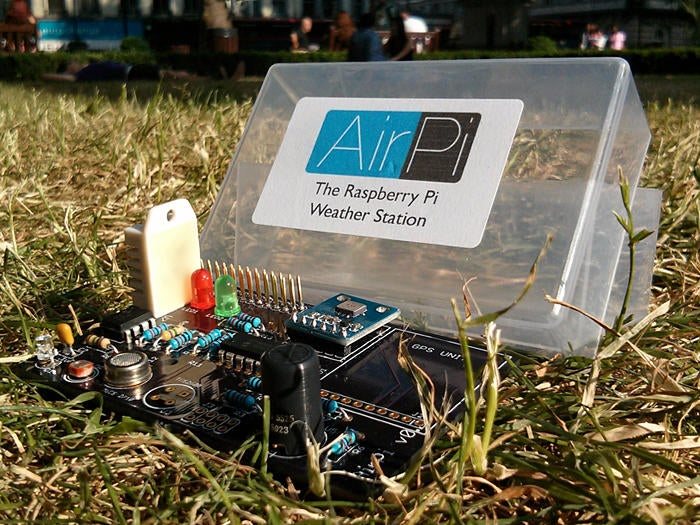In this project, we embark on a journey to create a versatile and portable solution for environmental monitoring and data collection. With the rapid advancement of technology, the integration of Raspberry Pi—a credit-card-sized computer—combined with a range of sensors allows us to explore and understand our environment in unprecedented ways. By harnessing the capabilities of Raspberry Pi and sensors, we aim to develop a portable environmental system that empowers scientists, researchers, and enthusiasts to conduct field-based investigations with precision and convenience.

The motivation behind this project stems from the growing need for flexible and portable tools that can accurately measure, record, and analyze environmental data in various locations and conditions. Traditional environmental monitoring systems are often stationary and limited in their ability to capture data from remote or inaccessible areas. By leveraging the compact size, computational power, and versatility of Raspberry Pi, we can overcome these limitations and create a solution that brings environmental monitoring capabilities to the field.
One of the key aspects of this project is the careful selection and integration of sensors. Sensors play a vital role in capturing environmental parameters such as temperature, humidity, air quality, light intensity, and more. By choosing the right combination of sensors, we can obtain comprehensive data that provides valuable insights into the environment and its dynamics. These sensors, combined with the computational capabilities of Raspberry Pi, enable us to collect and analyze data in real-time, facilitating on-site decision-making and scientific exploration.
The hardware setup of the portable environmental system involves seamlessly connecting Raspberry Pi with the selected sensors. This requires careful consideration of wiring connections, protocols, and interfaces to ensure accurate and reliable data acquisition. By building a robust and well-designed hardware setup, we can ensure the system's stability and durability even in challenging field conditions.
In addition to the hardware components, the software aspect of the project plays a crucial role in data acquisition, storage, and control. Through programming and utilizing appropriate software libraries and frameworks, we can develop a data acquisition and control system that interacts with the sensors, stores the collected data and implements control algorithms if necessary. The power of Raspberry Pi allows for sophisticated data processing and analysis, opening up possibilities for advanced environmental modelling and visualization.
Ultimately, the goal of this project is to create a portable environmental system that can be easily deployed in the field for a wide range of applications. Whether it's monitoring the impact of climate change, studying ecosystem dynamics, or conducting environmental research, this system aims to provide a flexible and accessible tool for scientists and researchers to gather accurate data and gain insights into our ever-changing environment.
